
Understanding the Oral Hygiene State of Emergency
The phrase “oral hygiene state of emergency” has often been used in the United States to highlight moments when oral health issues reached alarming levels. While not a single legal declaration, the term reflects how experts and public health organizations raised concerns about the growing epidemic of cavities, gum disease, and lack of access to dental care. The situation became especially visible in the mid-20th century, when studies revealed that a majority of Americans were suffering from preventable dental problems. These findings sparked a national discussion and a shift in how communities, schools, and healthcare systems approached oral hygiene.
The Turning Point in Oral Health Awareness
One of the most significant milestones came in 2000 when the U.S. Surgeon General released a groundbreaking report on oral health. This report declared poor dental care a “silent epidemic,” effectively drawing national attention to what some described as a state of emergency. It revealed strong connections between oral health and overall wellness, linking gum disease to conditions like heart disease and diabetes. For many Americans, this was the first time oral hygiene was recognized as more than just about clean teeth—it was about total body health. The language of emergency helped mobilize both policymakers and the public toward urgent solutions.
Public Health Campaigns and Their Impact
Following these warnings, federal and state programs began addressing the crisis. Water fluoridation expanded, schools launched dental hygiene education, and nonprofits offered free clinics in underserved areas. Many families recall the era when mobile dental units visited small towns, providing much-needed care to children who had never seen a dentist. These efforts reflect how the “state of emergency” mindset encouraged innovative solutions and widespread education to close the gap in oral health access.
Stories from Communities Affected by Poor Oral Hygiene
For example, in rural Appalachia, entire communities struggled with tooth decay due to lack of fluoridated water and limited access to professional care. Teachers often reported children missing class because of untreated dental pain. One well-documented story told of a boy whose chronic toothache kept him from eating properly until a volunteer dentist intervened. These personal accounts illustrate how urgent the situation was and why describing it as a “state of emergency” resonated with so many families.
How Dentistry Responded to the Oral Health Crisis
Dentists and hygienists adapted by promoting preventive care. The introduction of fluoride toothpaste, routine dental cleanings, and community dental sealant programs significantly reduced cavities over time. Professional organizations also emphasized training and research, helping to modernize dentistry. By framing oral health problems as urgent, the dental community was able to advocate for more funding, better insurance coverage, and widespread awareness campaigns.
Modern Reflections: Is Oral Hygiene Still in a State of Emergency?
While progress has been made, many Americans still face barriers to dental care today. Millions live without adequate insurance, and untreated dental disease remains common in both children and adults. The idea of an oral hygiene state of emergency continues to apply in communities with limited resources. Experts argue that oral health equity must remain a priority, especially as science further connects oral hygiene with long-term physical health.
How Families Can Protect Their Oral Health Today
For modern families, taking oral health seriously means establishing preventive habits: brushing twice daily with fluoride toothpaste, flossing, scheduling regular dental visits, and teaching children from an early age. Additionally, understanding how diet and lifestyle affect oral hygiene is essential. For families looking for reliable recommendations on products, clinics, or services, Family Dentistry Online provides curated resources to make oral health easier to manage. These practical steps ensure that the lessons from past emergencies translate into healthier futures.
Why This History Still Matters
Learning about when the oral hygiene state of emergency was recognized helps us appreciate how far public health has come. More importantly, it reminds us that vigilance is still needed. Oral hygiene is not a luxury—it is a foundation of overall wellness. By combining history, science, and modern solutions, Americans can continue to move toward a future where no one suffers from preventable dental disease.

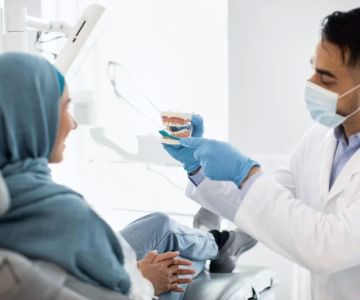

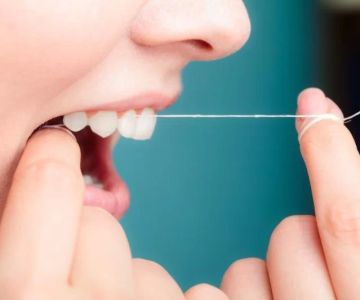
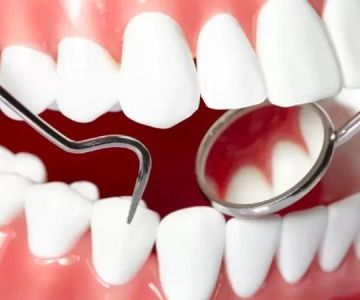
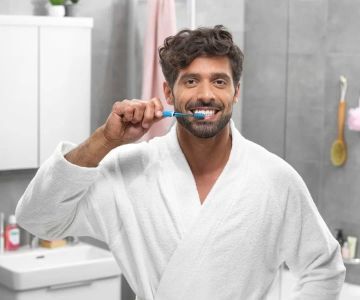
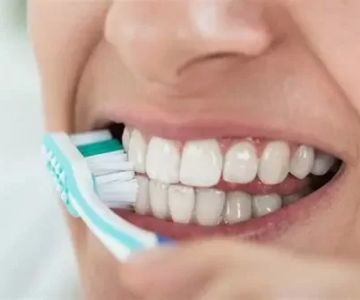
 Arise Dental - Your Local Peoria Dentist4.0 (205 review)
Arise Dental - Your Local Peoria Dentist4.0 (205 review) Light Dental Studios of University Place4.0 (279 review)
Light Dental Studios of University Place4.0 (279 review) Dentists of South Pasadena4.0 (124 review)
Dentists of South Pasadena4.0 (124 review) Aurora Dental Care4.0 (153 review)
Aurora Dental Care4.0 (153 review) ClearChoice Dental Implant Center4.0 (383 review)
ClearChoice Dental Implant Center4.0 (383 review)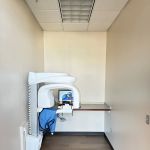 Kansas City Dentures and Implants5.0 (15 review)
Kansas City Dentures and Implants5.0 (15 review) The Importance of Oral Health Education During Pregnancy for a Healthy Pregnancy
The Importance of Oral Health Education During Pregnancy for a Healthy Pregnancy Best Tips for Brushing Your Teeth Properly for Healthy Gums: Essential Techniques for Oral Health
Best Tips for Brushing Your Teeth Properly for Healthy Gums: Essential Techniques for Oral Health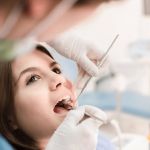 Why Skipping Dental Checkups Can Lead to Bigger Oral Health Problems
Why Skipping Dental Checkups Can Lead to Bigger Oral Health Problems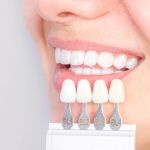 Advantages of Porcelain Dental Restorations
Advantages of Porcelain Dental Restorations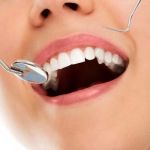 How Can Diabetes Cause Tooth and Gum Problems? Preventing and Managing Oral Health Issues
How Can Diabetes Cause Tooth and Gum Problems? Preventing and Managing Oral Health Issues Healthy Habits for Promoting Good Oral Health and Hygiene: Tips for a Healthy Smile
Healthy Habits for Promoting Good Oral Health and Hygiene: Tips for a Healthy Smile